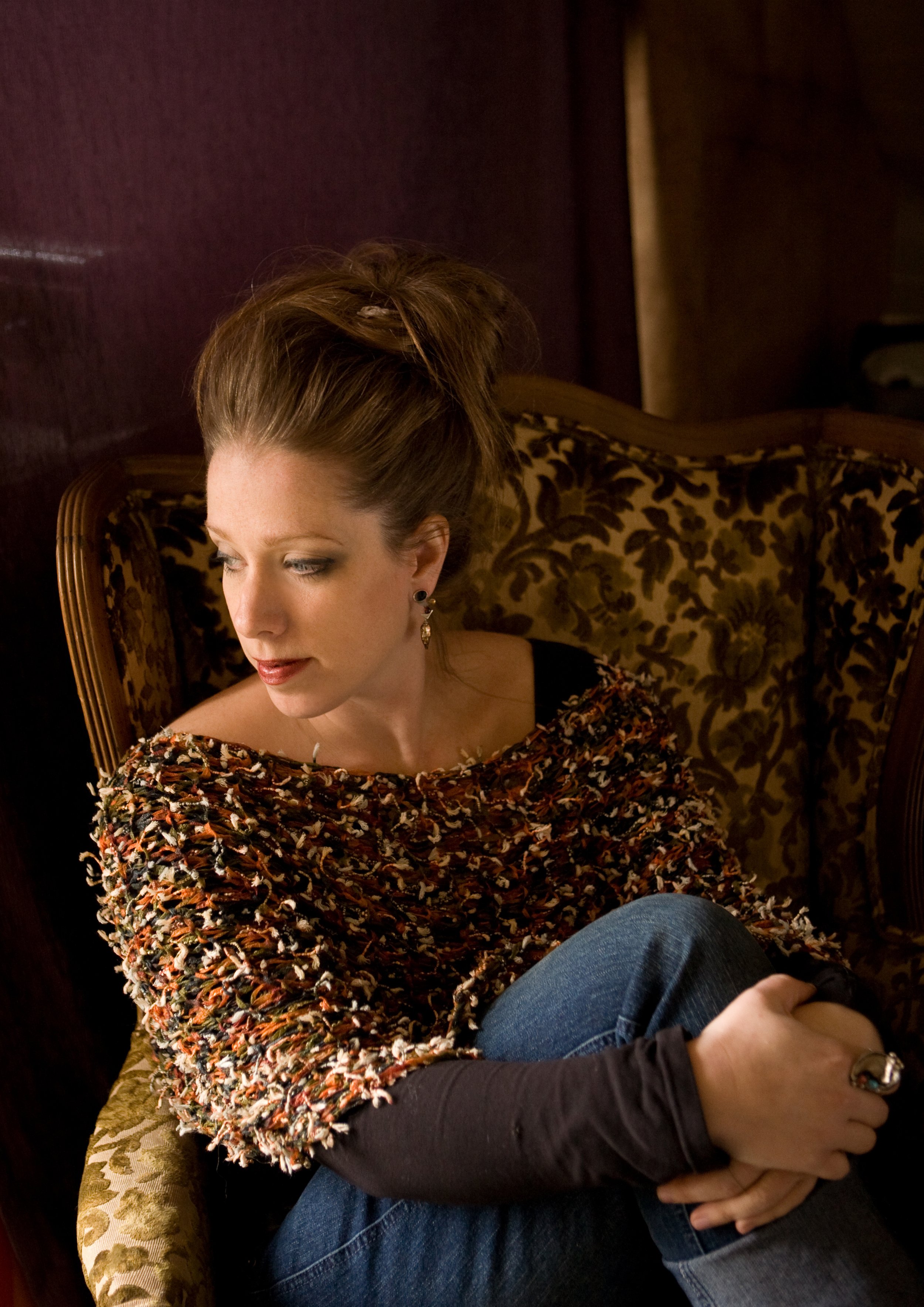I turned onto the highway, smiling at the familiar voice of my colleague and friend, @Dr.Dawn. Today I was eager to hear her podcast interview on tofiftyandbeyond, noting that she’d be sharing about the effects of alcohol during perimenopause. In true Dr. Dawn style, the interview broadened scope to include why women drink more during mid-life, as well as noting the mirrored symptoms between perimenopause, alcohol use, and the body’s physical and emotional response to common stressors at middle age.
Holy moly, I thought. This interview is really good.
Meanwhile, multiple lightbulbs started popping in my head. I was experiencing new insight about the past few years: the mid-life challenges of career shift, caregiving, grief and loss, changes in the physical body, the increased experience of anxiety, brain fog, changing eyesight, etc. I also understood the correlation between art-based mindfulness—a steady mind-body wellness practice—and its role in navigating perimenopausal symptoms.
Art-based mindfulness really helps.
Reaching my destination, I conducted some cursory research about the benefits of mindfulness-based art therapy during mid-life, and compared this to my experiences: personally, and as observed with the many middle-aged women that I work with. Here are the results—alongside five benefits of engaging in art-based mindfulness for yourself as you experience mid-life shift (and also, where to get started).
Embrace the Change | Jodi Rose Gonzales
Let’s Make Some Sense OF THIS
Although women spend nearly one-third of their life in peri/post/menopause (and menopause itself), it seems to rarely be discussed beyond the physical-body symptoms. Research, and conversation about this life stage, is often reduced to talk surrounding hot flashes, mood changes, anxiety, cardiovascular changes, sleep disturbances, and so forth.
Meanwhile, so much more is happening during this mid-life transition. Social-emotional changes include being in the “sandwich generation” (caregiving for children and parents at the same time); children leaving the home; caring for or death of a parent; questioning a career path; relationship changes; retirement; long-term financial planning; and beyond.
These life challenges—often experienced as “stacks” at the same time—lend to increased chronic stress. The symptoms of increased chronic stress results in….you’ve got it…many of the symptoms of perimenopause itself.
So how do you start to unpack (and treat) the root cause of symptoms? Do you start with the body, or the mind? How do you know where to attend to yourself (or acknowledge your partner/spouse) for what is being experienced? This is where art-based mindfulness can really help.
*Note, the phrase art-based mindfulness and mindfulness-based art therapy (MBAT) are used interchangeably in this blog. The primary distinction is that art-based mindfulness, as I teach it, is a non-dual discipline—meaning that the guiding philosophy is that the mind and body are not separate. MBAT uses mindfulness but is founded in western psychology, which assumes dualism (mind and body are separate).
What the Research Says
In one study, MBAT interventions demonstrated a significant decrease in symptoms of distress, and significant improvements in key aspects of the health-related style of life including stress management, interpersonal relations, and health responsibility (including weight loss).
Other studies showed art therapy to be effective in helping women understand their physical experiences concerning menopause, meanwhile acknowledging other aspects of the life transition including decline/loss, connection/disconnection, spirituality, and body image.
In my experience, art-based mindfulness is powerful in helping middle-aged women address identity: the great Who Am I? during this transitional life stage. We explore themes related to who we are as individuals and as mothers, wives, artists, people in recovery, BEINGS beyond chronic illness, and so much more. We hold a steady practice of self-observation, honoring oneself, and letting go.
Benefits of Art-Based Mindfulness
Notably, art-based mindfulness as I teach it is a fusion of art therapy, positive psychology, yoga philosophy, and trauma-informed neuroscience. It is based on years of study, (personal and professional) practice, and a plethora of research.
The yoga philosophy draws from a non-dual perspective: the idea that the mind and body are not separate. In our practice, we use sensory materials and processes to calm the body and quiet the mind, towards reconnecting to our inner wisdom. Other techniques help us gain insight and self awareness. Meanwhile, we learn to live life with less reaction, and with much more intention.
Here are specific benefits of the practice:
1. The strategic use of materials and art-making processes serves to calm the physical body, helping to manage symptoms of anxiety and chronic stress.
2. With the body quieter and more at ease through use of art materials/processes, nervous or emotional mind chatter begins to quiet as well. This opens space to connect with more depth-awareness and insight as important life themes are explored.
3. Art pieces are “processed” (using journaling and other techniques) to explore the symbolism, metaphors, and other meaning held in the work. This informs greater self-awareness and self-acceptance while participants notice a profound, depthful experience.
4. Practicing in-community informs connection by addressing isolation and disconnect. The creative process itself invites a feeling of connection with oneself. Here, participants report feeling more grounded, centered, peaceful and calm.
5. Self-observation without judgment of both the creative process, and art-object that is made, supports the mindfulness practice of witness-consciousness—this develops one’s ability to recognize limiting beliefs, judgments, and unhelpful or unwanted personal narratives. This helps to identify one’s truth, and informs how to live/act from that truth.
While we don’t (or haven’t, yet) specifically addressed women’s health issues through the lens of perimenopause and mid-life challenges, the themes are most certainly there. The conclusion is clear: art-based mindfulness helps its practitioners explore identity; address mid-life challenges; and navigate transitions and change.
Artful Mid-Life Magic
As I listened to Dr. Dawn’s podcast interview, I was reflective on the challenges of the past few years. While I felt deep gratitude for my art-based mindfulness practice in routing me through, the truth is that I haven’t even begun to acknowledge the mid-life rite-of-passage that is occurring right now. That’s truly my perspective, and always has been: mid-life is a beautiful rite of passage.
Thank goodness I’m not blindly missing out!
Armed with new awareness, it’s time to welcome this transitional life stage WITH JOY AND THE INTENTION of investing in one’s future-self and next chapters. For anyone else going through this, I hope you’ll join me (and my offerings) if you haven’t already. Let’s embrace the transition--not resist, ignore or drink/stuff it down!
To get started, try this incredible resource for embracing mid-life change: the 8 Keys mini-course. Inside the 8 Keys you’ll find audio meditations, fourteen art prompts, a practice guide, and additional resources to help you establish a nourishing creative practice that will help you get through. The 8 Keys is FREE and housed inside my app, True Natured Creatives. Available in your Apple or Google Play stores, or explore it online here.
Jodi Rose Gonzales ATR, NCC, ERYT, YACEP is an artist, art therapist, author and yoga teacher who helps creative people unlock their full potential. Get her free mini-course called Creative Freedom: Eight Essential Keys to Inspiration, HERE.




